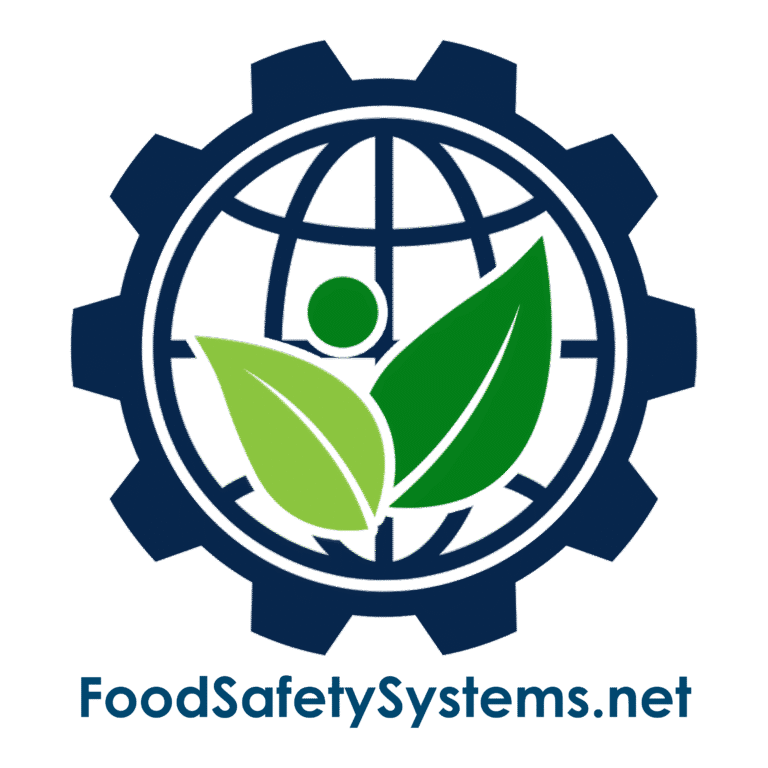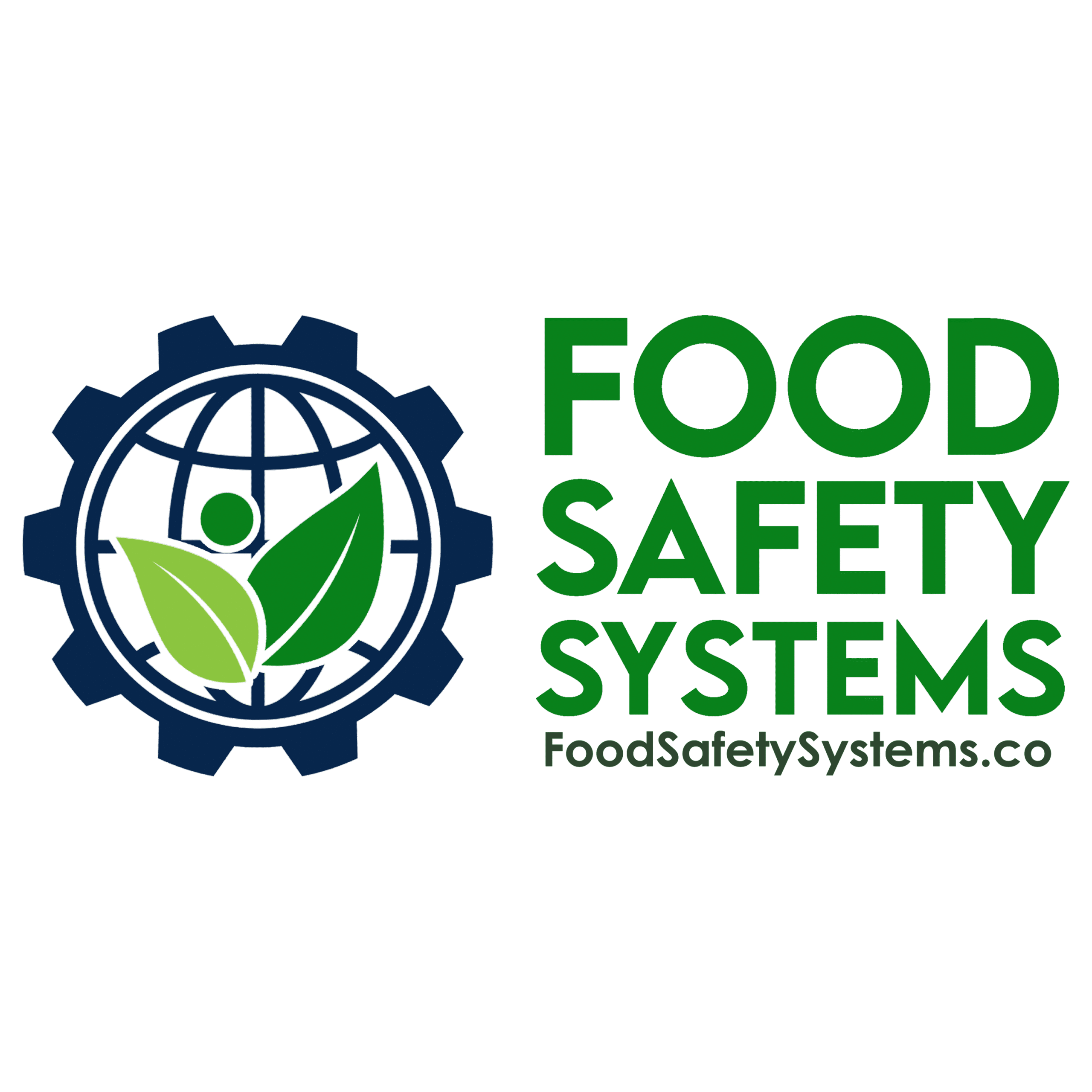Product Control – Product Authenticity & Integrity

Aligned with FSSC 22000 Requirements
Requirement Overview
FSSC 22000 requires organizations to establish, implement, and maintain measures to protect product authenticity and integrity throughout the supply chain. This includes preventing substitution, dilution, counterfeiting, mislabeling, and misrepresentation of raw materials and finished goods.
A documented vulnerability assessment must be carried out to identify and assess potential food fraud risks, followed by the development and implementation of a mitigation plan where risks are identified.
Aligned with BRCGS for Storage & Distribution Issue 4 – Clause 4.3.1 & 4.3.3
Requirement Overview
BRCGS for Storage & Distribution requires that products moved via cross-docking are traceable and controlled at all times, even when they are not held in storage for extended periods.
Clause 4.3.1: “The company shall ensure that traceability is maintained at all stages, including during cross-docking operations.”
Clause 4.3.3: “Procedures shall be in place to ensure that all products handled, including those not stored on-site, remain under control and are not subject to contamination or substitution.”
Cross-docking operations must not compromise product traceability, safety, or integrity. Even with minimal handling and temporary presence, each product must be accurately identified, documented, and protected.

Key Compliance Objectives
-
✓ Identify and assess food fraud risks across materials and suppliers
✓ Implement control measures to mitigate authenticity risks
✓ Maintain up-to-date vulnerability assessments and mitigation plans
✓ Ensure traceability and verification of high-risk raw materials
Step-by-Step Compliance Implementation
1. Conduct a Food Fraud Vulnerability Assessment
-
Assessment Criteria:
-
• Economic incentives for fraud
• History of known incidents
• Supply chain transparency
• Level of ingredient processing
Evidence to Maintain:
-
• Completed vulnerability assessment template
• Justification for scoring (e.g., low/medium/high risk)
• Date of last review and responsible personnel
- • Economic incentives for fraud • History of known incidents • Supply chain transparency • Level of ingredient processing
- • Completed vulnerability assessment template • Justification for scoring (e.g., low/medium/high risk) • Date of last review and responsible personnel
2. Develop a Product Integrity Mitigation Plan
-
Plan Must Include:
-
• Control measures for high-risk ingredients (e.g., COAs, testing, supplier audits)
• Supplier assurance programs and specifications
• Ongoing monitoring and verification methods
Evidence to Maintain:
-
• Documented mitigation plan with review date
• Product-specific testing protocols (e.g., DNA testing, isotopic analysis)
• Supplier verification records
- • Control measures for high-risk ingredients (e.g., COAs, testing, supplier audits) • Supplier assurance programs and specifications • Ongoing monitoring and verification methods
- • Documented mitigation plan with review date • Product-specific testing protocols (e.g., DNA testing, isotopic analysis) • Supplier verification records
3. Verify Supplier and Material Authenticity
-
Verification Activities:
-
• Raw material ID checks upon receipt
• Cross-checks against approved supplier list
• Certificates of Analysis (COA) and authenticity testing
Evidence to Maintain:
-
• Goods-in inspection records
• Supplier COAs and authenticity documentation
• Third-party lab reports, if applicable
- • Raw material ID checks upon receipt • Cross-checks against approved supplier list • Certificates of Analysis (COA) and authenticity testing
- • Goods-in inspection records • Supplier COAs and authenticity documentation • Third-party lab reports, if applicable
4. Review and Update Plans Regularly
-
Review Frequency:
-
• Annually at minimum, or when there is a change in:
-
– Supplier
– Material source
– Known fraud incidents or regulatory alerts
Evidence to Maintain:
-
• Updated assessments with version history
• Internal review meeting notes
• Corrective actions related to detected authenticity issues
-
• Annually at minimum, or when there is a change in:
- – Supplier – Material source – Known fraud incidents or regulatory alerts
- • Updated assessments with version history • Internal review meeting notes • Corrective actions related to detected authenticity issues
Common Audit Findings & Recommended Fixes
| Audit Finding | Recommended Action |
|---|---|
| No food fraud assessment conducted | Complete and maintain a documented vulnerability assessment |
| Incomplete mitigation plan for high-risk items | Develop specific control measures per ingredient |
| Outdated or infrequently reviewed assessments | Schedule and log annual reviews with justification |
| Lack of testing or verification records | Implement periodic authenticity testing and document results |
Auditor Verification Checklist
During an audit for compliance with FSSC 22000 requirements, expect the auditor to review:
-
• Documented food fraud vulnerability assessments
• Evidence of risk evaluation for raw materials and suppliers
• Documented mitigation plans for medium- or high-risk ingredients
• Records of supplier verification and authenticity testing
• Evidence of periodic review and plan updates
• Records of training for personnel involved in product authenticity controls
Implementation Roadmap
Build Your Program
-
✓ Identify raw materials and ingredients vulnerable to fraud
✓ Create and document a food fraud vulnerability assessment
Mitigate and Monitor
-
✓ Develop mitigation strategies for high-risk items
✓ Perform supplier checks and incoming material verification
Train and Verify
-
✓ Train QA, purchasing, and receiving teams on fraud controls
✓ Conduct lab testing or verification as appropriate
Improve Continuously
-
✓ Update vulnerability assessments annually
✓ Adjust plans based on incidents or market intelligence
Why This Matters?
-
✓ Protects product authenticity and brand reputation
✓ Prevents fraudulent substitution or mislabeling
✓ Builds trust with consumers, regulators, and certification bodies
✓ Strengthens supplier accountability and raw material control
Support Tools Available
Food Safety Systems provides:
-
✓ Food fraud vulnerability assessment templates
✓ Mitigation plan examples by ingredient risk
✓ Supplier verification checklists
✓ Testing protocols and authenticity control SOPs
Privacy Policy | Terms of Service
Powered by interlinkIQ.com, Developed by ITBlaster.net, Owned and Operated by Consultare Inc. Group, A Compliance Company. All Rights Reserved.







